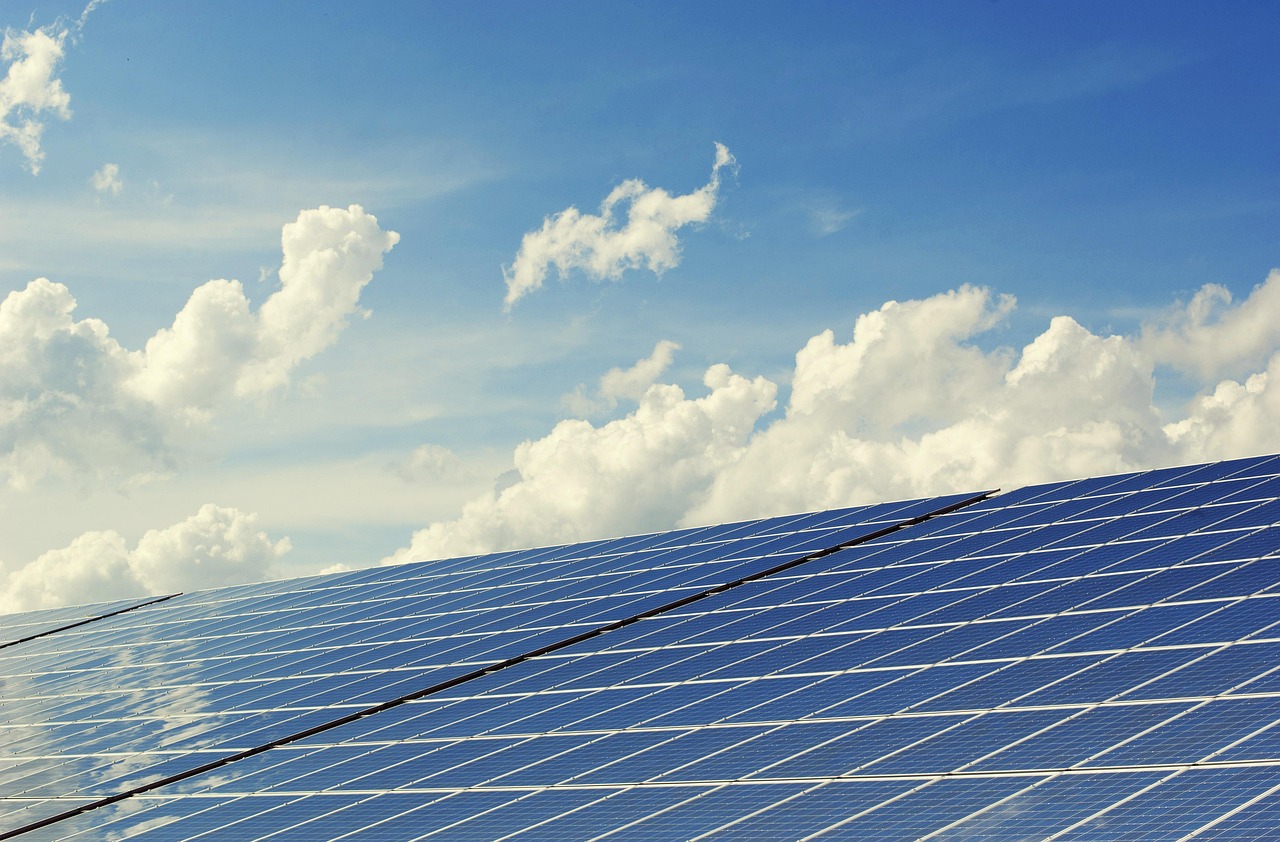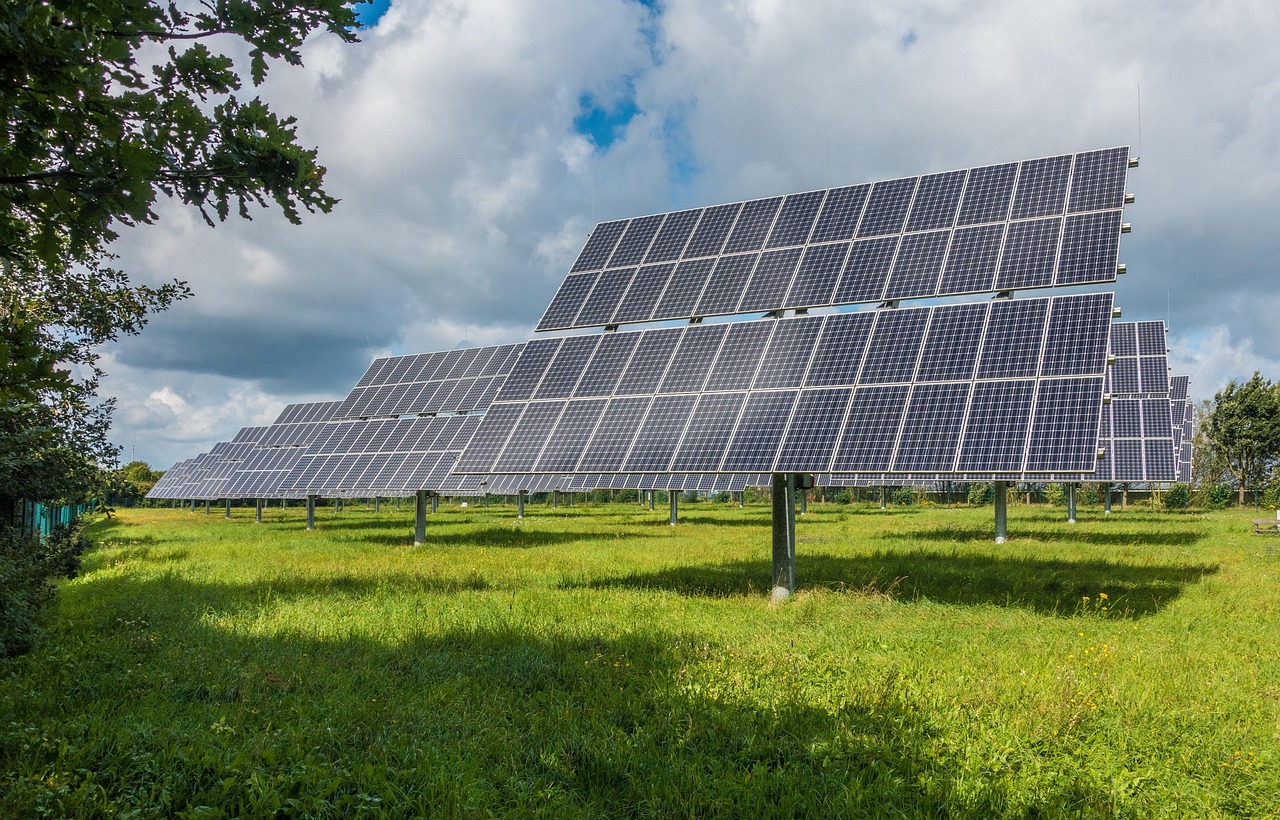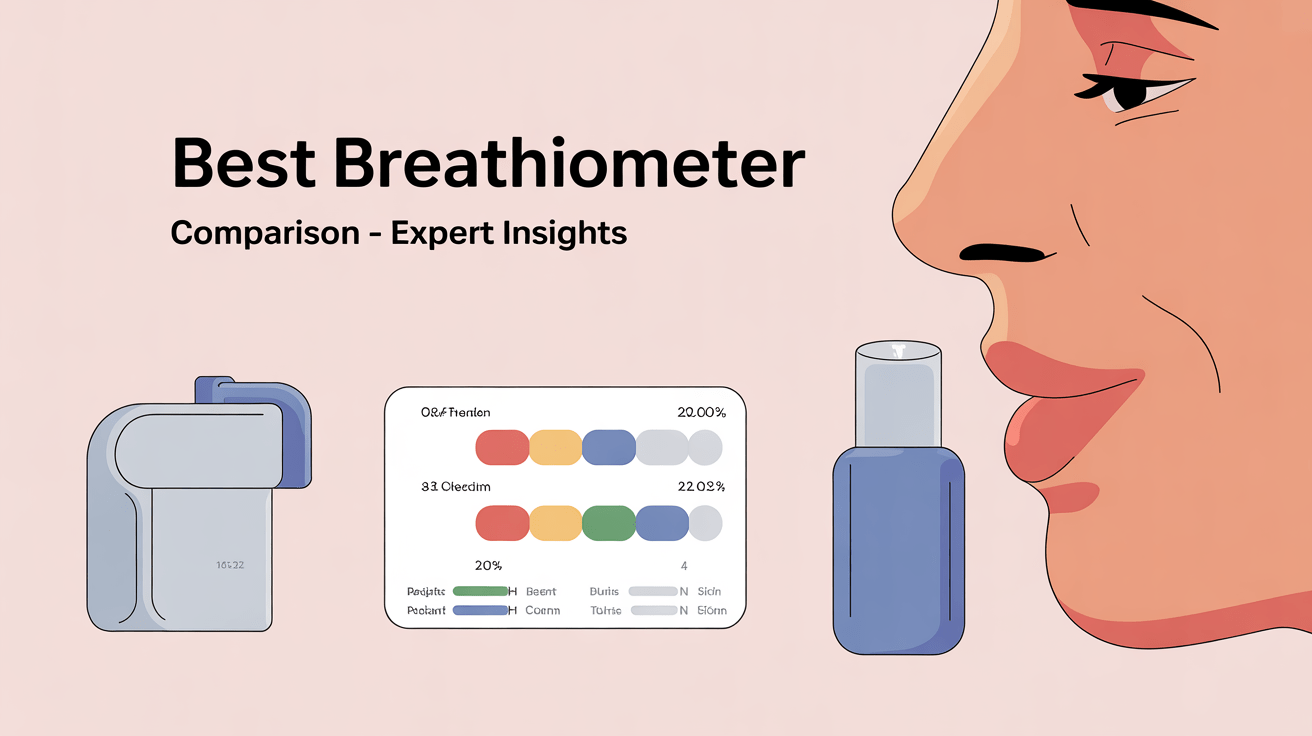
Understanding Solar Savings in the Current Climate
In this guide to solar panel savings 2025,In 2025, the average UK household can save between £400 and £800 annually on electricity bills by installing a solar panel system. This equates to a reduction of 30-70% in electricity costs. The exact savings vary based on factors such as system size, energy consumption, and whether a battery is used to store excess energy.
Annual Savings:
A typical 4kW solar panel system can save you between £400 and £600 per year on electricity bills. This saving is primarily due to reduced energy consumption from the solar system, but it can also be enhanced by taking advantage of the Smart Export Guarantee (SEG). The SEG allows homeowners to sell excess energy generated by their solar panels back to the grid, offering an additional source of income. By participating in the SEG, you could earn money for energy you’re not using, further increasing your savings.
Payback Period:
The payback period—the time it takes to recover your initial investment in solar panels—usually falls within the range of 6 to 15 years. Several factors influence this timeline, including the size of the system, your household’s energy consumption patterns, and fluctuations in energy prices. Larger systems and higher energy prices can shorten the payback period, while lower energy use and smaller systems may extend it. It’s also important to factor in the potential rise in energy costs over time, which can accelerate the recovery of your investment.
Battery Storage:
Integrating a battery storage system with your solar panel setup can significantly boost your savings. By storing excess energy generated during the day, you can use it during the evening or cloudy days when solar energy production is low. Instead of exporting surplus energy back to the grid (where it may not fetch the highest return), you can store it for later use, resulting in an additional £150 to £200 in annual savings. This allows you to become more self-sufficient, further reducing your reliance on energy providers and saving money in the long run.
Home Value:
Solar panels are not only a cost-saving investment, but they can also enhance the value of your home. According to Sunsave, homes with solar panels can see an increase in value of anywhere from 0.9% to 2%. As sustainability and energy efficiency become more important to homebuyers, properties with solar systems are likely to lead to higher demand and potentially faster sales. This added value can help offset the initial cost of installation, making solar energy a smart long-term investment for homeowners.
If you’re exploring off-grid living, check out our guide on how to activate your satellite phone in remote locations for reliable communication.
For official information about the Smart Export Guarantee, visit Ofgem’s SEG guidance.
Location Matters:
The efficiency of a solar panel system is highly dependent on your geographical location. Homes situated in the south of England, which receive more sunlight, typically generate more solar energy compared to homes in the north, particularly in areas of Scotland. This regional variation impacts both the amount of energy produced and the overall savings. For households in sunnier regions, the payback period may be shorter, and savings can be higher. Additionally, it’s important to assess local weather patterns, as overcast days or frequent rain can also influence solar panel performance.
Government Incentives:
To encourage the adoption of solar energy, the UK government offers various incentives, which can help reduce the cost of installing solar panels. These incentives include grants, subsidies, and schemes like the Smart Export Guarantee (SEG), which not only provides an income for selling energy but can also improve the overall return on investment for solar systems. Additionally, certain local authorities may offer financial assistance or tax rebates to homeowners who install renewable energy technologies. These government incentives can significantly shorten the payback period and make solar panel systems more affordable for many households.
As we navigate the evolving landscape of solar energy in 2025, we stand at a pivotal moment for financial savings and environmental sustainability. With advancements in technology and robust support from government policies, more homeowners and businesses are considering solar panels as a viable energy source. In this article, we will take a closer look at how much solar panels can save us, especially in light of new tax credits and incentives that are becoming available.
Our focus will be on understanding the financial benefits of investing in solar technology while also examining the expected payback period. By analyzing energy costs against solar investments, we aim to empower our readers to make informed decisions about their energy needs. Together, we will explore the factors influencing savings and provide real-world case studies to illustrate the potential impact of solar energy in our communities. Let’s dive in to uncover just how much solar savings await us in this dynamic energy landscape.




The Current Landscape of Solar Energy
As we step into 2025, the solar energy sector is experiencing unprecedented growth and innovation, painting a promising picture for potential savings. The advancements in solar technology, particularly photovoltaic (PV) systems, have surged in efficiency and cost-effectiveness over the past decade. We’re witnessing solar panels that can convert sunlight into electricity at rates exceeding 22% efficiency, compared to earlier models that hovered around 15%.
Market Trends Driving Adoption
The market dynamics are favorable: the cost of solar panel installations has decreased significantly—over 70% in the past decade—making solar energy accessible to a broader demographic than ever before. This shift is propelled not only by falling prices but also by growing awareness of environmental impacts and energy independence. Today, homeowners and businesses can save an impressive amount on their energy bills, with some reporting up to 70% reductions.
Smart Technology Integration
Moreover, the integration of smart technology with solar systems, such as energy management apps and battery storage solutions, allows users to optimize their energy consumption. For instance, systems that incorporate smart inverters can dynamically adjust energy use depending on weather patterns, further enhancing efficiency and savings.
This innovative technology enables us to monitor our energy production and consumption in real time, fostering a culture of efficiency. Furthermore, community solar programs are gaining traction, allowing more individuals—especially renters or those with shaded roofs—to benefit from solar energy by purchasing shares in larger solar farms.
A Growing Commitment to Sustainability
In light of these advancements and market shifts, we find ourselves at a crossroads where solar energy not only presents financial advantages but also aligns with our collective commitment to sustainability. The potential for savings will only continue to grow as we delve deeper into new tax credits and incentives that can further enhance the value of adopting solar technology in our homes and businesses.
New Tax Credits and Incentives
As we consider the financial landscape of solar energy in 2025, one of the most compelling developments is the introduction of new tax credits and government incentives. These financial benefits can significantly reduce the upfront costs related to solar panel installations, making the transition to renewable energy more accessible for us all.
Federal Investment Tax Credit (ITC)
One of the most vital incentives available is the Federal Investment Tax Credit (ITC), which allows us to deduct 30% of the cost of solar systems from our federal taxes. Previously set to decrease, the ITC was recently extended through 2025, ensuring that we can capitalize on this substantial savings opportunity. For instance, if we install a solar system that costs $20,000, we can expect to receive a $6,000 tax credit, dramatically lowering our out-of-pocket expenses.
State-Specific Incentives
Beyond the ITC, many states offer their own incentives, which can include cash rebates, property tax exemptions, and additional tax credits. For example, states like California and New York have launched programs that provide additional rebates for solar installations, sometimes matching or even exceeding federal credits. These local initiatives can propel our financial savings even further.
Financing Options
In addition, various financing options, such as solar loans and power purchase agreements (PPAs), have gained popularity. These options reduce upfront costs by allowing us to pay for solar panels over time or buy energy produced by a solar system at a low rate without the need for initial investment. Many financial institutions now also offer green loans specifically for solar purchases, making financing more streamlined.
The Impact of Incentives on Adoption Rates
With these tax credits and incentives available, the number of solar installations is expected to flourish. As we take advantage of these opportunities, we’ll also contribute to a more sustainable future while enjoying considerable savings.
Next, we will explore how these financial incentives translate into actual savings by discussing how energy costs compare against the investments we make in solar technology.
You may Be Interested In: Perovskite Solar Cells 2025: Breakthrough Efficiency and When They’ll Hit the Market
Calculating Savings: Energy Costs vs. Solar Investment
When considering a transition to solar energy, a key aspect to examine is how we calculate our potential savings compared to our current energy costs. By taking a systematic approach, we can better understand our unique potential for financial benefit from solar panels.
Analyzing Current Energy Bills
To begin calculating savings, we should assess our existing energy bills. Here’s how we can do this:
For instance, if we consume 800 kWh per month at a rate of $0.15 per kWh, our current monthly cost is $120.
Projecting Solar Generation
Next, we need to estimate how much energy a solar panel system can produce. This involves:
Long-Term Cost Analysis
Finally, it’s important to factor in the initial investment for the solar system and the available tax credits. For instance, if our system costs $20,000 and we apply the Federal ITC of 30%, our out-of-pocket expense drops to $14,000.
By calculating the total savings over the lifespan of the solar panels—usually around 25 years—we can assess whether the investment is worthwhile. If we save an average of $120 per month, that’s $36,000 over 25 years, yielding significant savings against our upfront costs.
By understanding these elements, we’re equipped to make an informed choice regarding our solar investment. Up next, we will delve into the concept of the payback period to see just how quickly we can recover our initial investment in solar technology.
Understanding the Payback Period
When we invest in solar panels, one of the most critical metrics we must examine is the payback period—the time it takes for our savings on energy bills to equal our initial investment in the system. Understanding this concept enables us to make informed decisions about whether solar energy is the right financial choice for us.
What is the Payback Period?
The payback period represents the time required to recoup our initial expenditure through savings gained from our solar energy system. To calculate this, we follow a straightforward formula:
Payback Period (Years) = Initial Investment / Annual Savings
For example, if we invest $15,000 in a solar system and save $1,500 annually on our electricity bills, we achieve payback in 10 years.
Estimating Your Payback Period
- Determine Initial Investment: Include costs for panel purchase, installation, permits, and any additional equipment like inverters or batteries.
- Assess Annual Savings: Analyze your current energy expenses and project the savings generated from your solar system. We can often use average monthly savings multiplied by 12.
- Apply Tax Credits and Incentives: Don’t forget to factor in any tax credits, such as the Federal ITC. For instance, if our initial investment is reduced by 30%, our calculations will significantly change.
Variability of the Payback Period
The payback period can differ based on several factors:
Looking Ahead
As we delve further into the subject, it’s essential to remember that while the payback period is an essential metric, it’s not the only one that guides our decision. Soon, we will explore several factors that influence solar savings and provide real-world case studies to enhance our understanding of solar energy investments.
Factors Influencing Solar Savings
As we navigate the solar landscape, it’s crucial to acknowledge that several key factors can significantly influence our savings when investing in solar panels. Understanding these variables will empower us to make more informed decisions regarding our solar energy choices.
Location
The geographical location of our home plays a massive role in potential solar savings. Areas with abundant sunlight, such as the Southwest United States, typically yield more energy production from solar panels compared to regions with frequent cloud cover, like the Pacific Northwest. Consequently, we can expect higher savings in sunnier climates due to increased solar generation.
Panel Efficiency
Panel efficiency is another critical factor. Modern solar panels vary in their conversion rates, with high-efficiency models, such as monocrystalline panels, typically providing greater energy output in limited space. For instance, panels with efficiencies above 20% may produce more energy in smaller installations, maximizing our savings potential.
Energy Consumption Habits
Our individual energy consumption habits can drastically affect our overall savings. By analyzing our daily usage—considering peak periods and energy-intensive appliances—we can better project how much of our electricity bill we can offset with solar energy. Investing in energy-efficient appliances can also complement our solar installation, enhancing our overall savings.
Local Regulations and Incentives
Local regulations can shape the financial viability of solar investments. Building codes, zoning regulations, and permitting processes vary widely, impacting installation costs and timelines. Additionally, some municipalities offer additional incentives, such as sales tax exemptions or rebates, which can further enhance our savings.
Real-World Example
Let’s take a look at a brief example. Imagine two households, each using 1,000 kWh per month. Home A is located in sunny Arizona with high-efficiency panels, while Home B is in cloudy Oregon using standard panels. While both may install solar systems, Home A will likely see much greater savings due to their favorable weather conditions and technology choice.
By understanding these influential factors, we’re better equipped to project our investment’s potential return on savings. In our next section, we will present real-world case studies showcasing diverse experiences with solar energy to further illustrate how these factors come into play.
Real-World Case Studies
In this section, we present a selection of real-world case studies that illustrate the experiences of homeowners and businesses transitioning to solar energy in 2025. By analyzing their savings and challenges, we can gain invaluable insights into the financial implications of installing solar panels.
Homeowner Case Study: The Thompson Family
The Thompsons reside in sunny Florida, where they decided to install a 10 kW solar system on their roof. Their initial investment was $25,000, but with the 30% Federal tax incentive, they effectively reduced their out-of-pocket cost to $17,500. After installation, their monthly electricity bill dropped from $150 to $30. Over the first year, the family saved approximately $1,440, resulting in a payback period of about 12 years. Additionally, the Thompsons received a $500 rebate from their state, effectively shortening their payback period to around 11 years.
Business Case Study: EcoClean Laundry
EcoClean, a commercial laundry business in Texas, opted for a 20 kW solar system. The company invested $50,000 but qualified for both the Federal tax incentive and a substantial local rebate, lowering their final expense to $32,000. They were able to decrease their energy costs from $800 to just $200 monthly, amassing savings of $7,200 in the first year. The business anticipated recouping its initial investment in roughly 4.4 years, enabling reinvestment of savings into other sustainable practices.
Local Nonprofit: GreenSpaces Community Center
GreenSpaces Community Center in California decided to install solar panels to further their mission of sustainability. Their 15 kW installation cost $36,000. Thanks to various local grants and the Federal tax credit, their out-of-pocket cost was roughly $20,000. Their monthly utility costs fell from $500 to $100, leading to annual savings of around $4,800. With this investment, their payback period is estimated at just over 4 years, allowing them to allocate budget savings towards community programs.
These case studies illustrate the diverse financial outcomes dependent on factors such as location, size of the installation, and available incentives. As we progress to conclude our article, it’s evident that the decision to invest in solar panels is informed by a variety of experiences, shaping our understanding of the potential savings on our journey toward sustainable energy solutions.
Final Thoughts on Solar Investment
As we wrap up our exploration of solar panel savings, it’s crucial to reflect on how these insights can guide our decisions regarding solar energy.
Final Thoughts on Solar Investment
As we’ve explored in this article, understanding solar savings, tax credits, and the payback period is crucial for making informed decisions regarding solar energy. With the shifting landscape in 2025, new tax incentives present unique opportunities for us to maximize our investments and lower long-term energy costs.
We encourage you to assess your energy needs, evaluate available incentives, and consider the factors that can influence your solar savings. By doing so, we empower ourselves to embrace the transition to renewable energy effectively. The future of solar investment is not just promising—it’s essential for sustainable living. Let’s take the step toward a greener, cost-effective tomorrow.










So, I’ve heard mixed things about the savings with solar. Anyone here regretting their decision?
I don’t regret it at all! My bills went down significantly, and the credits helped too!
Most people report satisfaction, but it really depends on individual circumstances like energy needs and local policies.
I just installed solar panels last month and I’m super curious about how much I’ll actually save! The article breaks it down nicely. The tax credits seem like a game changer too. Anyone else here installed solar recently? How’s it working out for you? 🤔
Absolutely, Liam! The DIY Solar Panel Installation Guide mentioned in the article could be a good start. Just make sure you’re comfortable with the basics!
Glad to hear you’re enjoying your solar panels, Jessica! Tax credits can really help offset upfront costs. How’s your installation going?
I’m thinking about DIY installation. Is that really possible? Any tips? 😂
I installed mine about 6 months ago! The savings are noticeable, but I think it really depends on your energy usage and local incentives. Definitely worth it though!
I’m so glad to see more incentives for solar! Makes it easier for people to switch. What’s the most significant incentive you’ve heard of?
The federal tax credit is often highlighted as a major incentive. It can cover a significant portion of the installation cost.
I think state incentives can also really help, depending on where you live!
The new tax credits sound awesome, but I’m worried about the installation process. Is it really that complicated?
Honestly, I would recommend hiring a pro if you’re not comfortable. Better safe than sorry!
It can be tricky, but with the right guide, like the DIY installation one mentioned, many find it manageable!
This article is super informative! I had no idea about the factors influencing savings. Anyone else feel more motivated to go solar now?
For sure! I’m definitely leaning more towards making the switch!
Glad you found it motivating, Sophia! Education is key to making the right investment.
I’m curious about the metal solar angle guide tool mentioned. Is it really necessary?
It can be really helpful for ensuring optimal installations! If you’re DIYing, it’s worth considering.
I used it, and it made my installation a lot easier. Definitely recommend it!
I’m looking into solar for my home, but I feel overwhelmed by all the options! Any advice on where to start?
Start by evaluating your energy needs and checking out local incentives. The Energy Tax Credits Guide for Homeowners is a great resource!
I suggest you first assess your roof space and energy bills. That’ll give you a clearer picture!
I love the idea of solar energy, but I feel like there’s a lot of fluff in these articles. What’s the real deal? Can I trust these tax credits? I’m skeptical! 😒
Totally understandable, Tom. Tax credits can be complex, but they’re real and beneficial for many homeowners. Just make sure to do your research!
Yeah, I get that. But if you don’t look into it, you might miss out on some good savings. Just saying!
I felt the same way initially, but once I looked into it more, it made sense! Definitely worth considering.
I still think solar panels are too expensive for the average homeowner. What do you guys think?
It can be a big upfront cost, Kevin. But with tax credits and savings over time, it can pay off!
That’s true, but the long-term savings can be worth it if you’re in it for the long haul.
Great article! I didn’t realize how much the payback period could vary. Makes me rethink my options. I just wish the initial investment wasn’t so high, though. Has anyone used the ECO-WORTHY kits?
The average payback period can range from 5-10 years depending on various factors, including local utility rates and incentives.
What’s the average payback period for solar panels these days? I’m still on the fence.
I’ve got the ECO-WORTHY 200W Kit! It’s pretty solid, but make sure you read the manual thoroughly! Had a few hiccups during installation. 😂
Thanks, Laura! The ECO-WORTHY kits are popular for DIY setups. They might help reduce that initial cost!
The real-world case studies were really helpful! It’s nice to see actual numbers from people who’ve made the switch. Anyone know if the HIHUHEN calculator is reliable?
I’ve used the HIHUHEN calculator, and it seemed accurate for my area. Just make sure to input your data correctly!
Glad you found the case studies useful, Sarah! The calculator is quite popular; it’s a good tool to estimate your potential savings.
I’ve been saving so much since switching to solar! It’s like a weight lifted off my shoulders. More people should look into it! 💡
Absolutely! People need to realize how beneficial it can be in the long run.
That’s awesome to hear, Emily! It’s great to see positive experiences. What type of panels did you install?